oggetto numero.:
PA66-NA-LCF40Pagamento:
T/T or L/C (other payment ways also can be diorigine del prodotto:
Xiamen, ChinaColore:
Original color (also can be customized)porto di spedizione:
Xiamen, ChinaLead time:
7-15 days after shipmentProprietà fisiche dei materiali in nylon
Eccellenti proprietà meccaniche: elevata resistenza meccanica, buona tenacità.
Eccellente autobagnante, resistenza all'usura: piccolo coefficiente di attrito, lunga durata come componente di trasmissione.
Eccellente resistenza al calore: la temperatura di distorsione del calore PA66 è molto elevata, può essere utilizzata a lungo a 150 gradi Celsius, PA66 dopo il rinforzo in fibra di vetro, la temperatura di distorsione del calore è di 252 gradi Celsius o più.
Eccellenti proprietà di isolamento elettrico: la sua resistenza volumetrica è molto elevata, l'elevata resistenza alla tensione di rottura, è un eccellente materiale isolante elettrico/elettronico.
Introduzione di pellet LCF riempiti con Nylon66
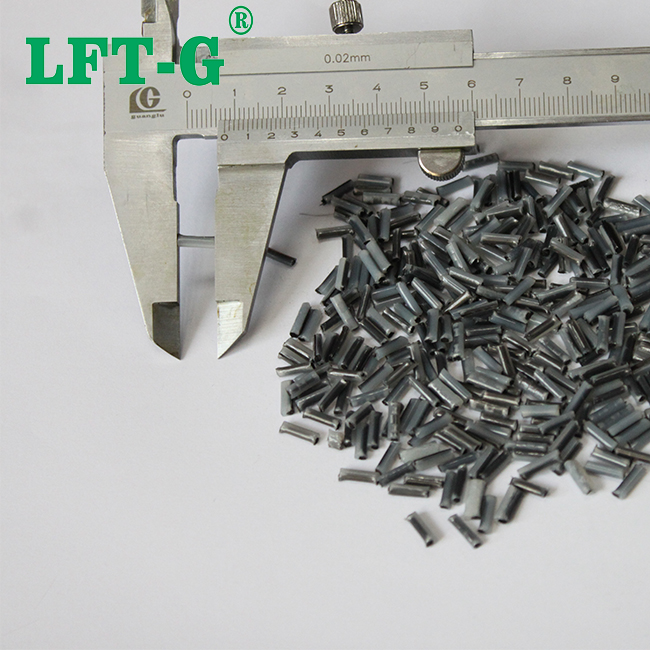
PA66 è un tecnopolimeri ad alte prestazioni, assorbimento dell'umidità, scarsa stabilità dimensionale dei prodotti, resistenza, durezza e metallo.
Per superare queste carenze, già negli anni '70, le persone utilizzavano la fibra di carbonio e la fibra di vetro per migliorarne le prestazioni.
PA66 rinforzato con materiali in fibra di carbonio negli ultimi anni lo sviluppo di più veloce, perché PA66 e la fibra di carbonio sono prestazioni eccellenti nel campo dei materiali plastici tecnici, il materiale composito incarnazione completa della superiorità dei due, come resistenza e rigidità rispetto al PA66 non migliorato è molto più alto di quello del creep ad alta temperatura è piccolo, la stabilità termica di un miglioramento significativo nella precisione dimensionale del bene, resistente all'usura.
Allo stato attuale, i materiali compositi in fibra di carbonio PA66 sono principalmente particelle rinforzate con fibra di carbonio corta o lunga, sono stati ampiamente utilizzati nell'industria automobilistica, negli articoli sportivi, nelle macchine tessili, nei materiali aerospaziali e in altri campi.
La fibra di carbonio è leggera, elevata resistenza alla trazione, resistenza all'abrasione, resistenza alla corrosione, resistenza allo scorrimento, conduttività elettrica, trasferimento di calore, ecc. È molto simile alla fibra di vetro, ma superiore alla fibra di vetro. Rispetto alla fibra di vetro, il modulo è 3 volte superiore, che è un materiale con elevata rigidità ed elevata resistenza.
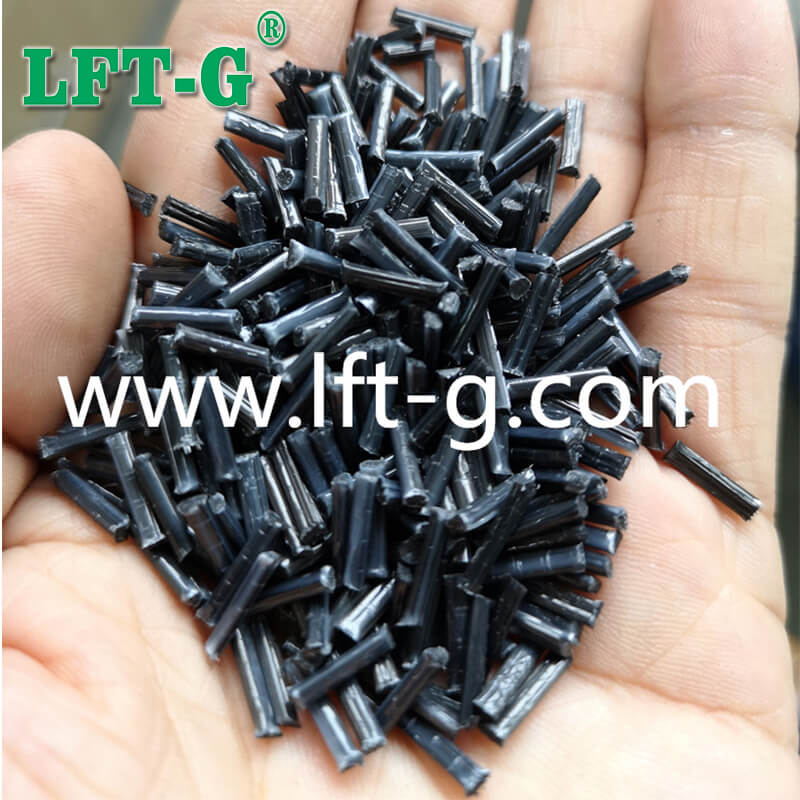
Scheda tecnica di PA6-LCF come riferimento
Dagli esperimenti dell'ufficio tecnico, sappiamo che la resistenza alla flessione, il modulo di elasticità alla flessione, la resistenza all'impatto e la resistenza al taglio piano del materiale in fibra di carbonio PA66 con aggiunta di fibra aumentano con l'aumento del contenuto di fibra di carbonio, la resistenza al taglio trasversale leggermente diminuita, nel complesso la resistenza del materiale è aumentata notevolmente.
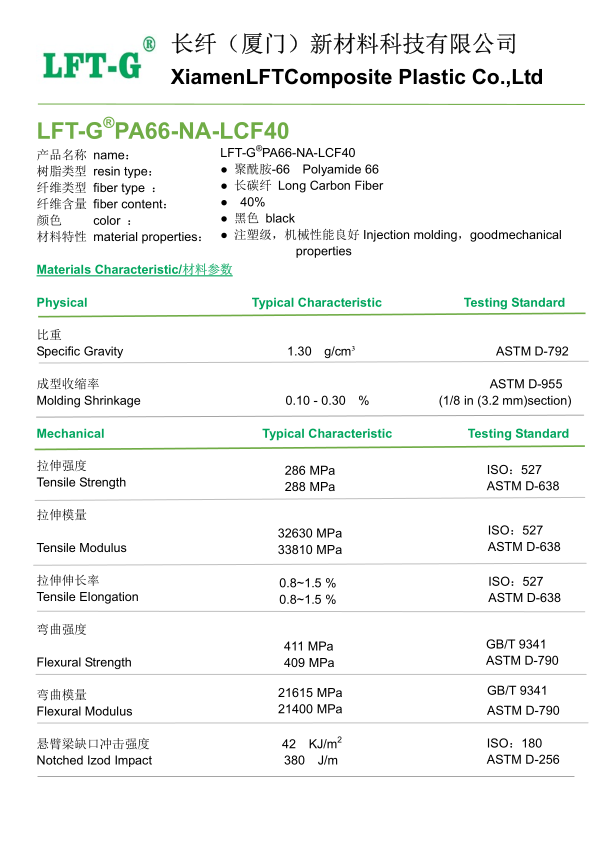
Applicazione di PA66-LCF
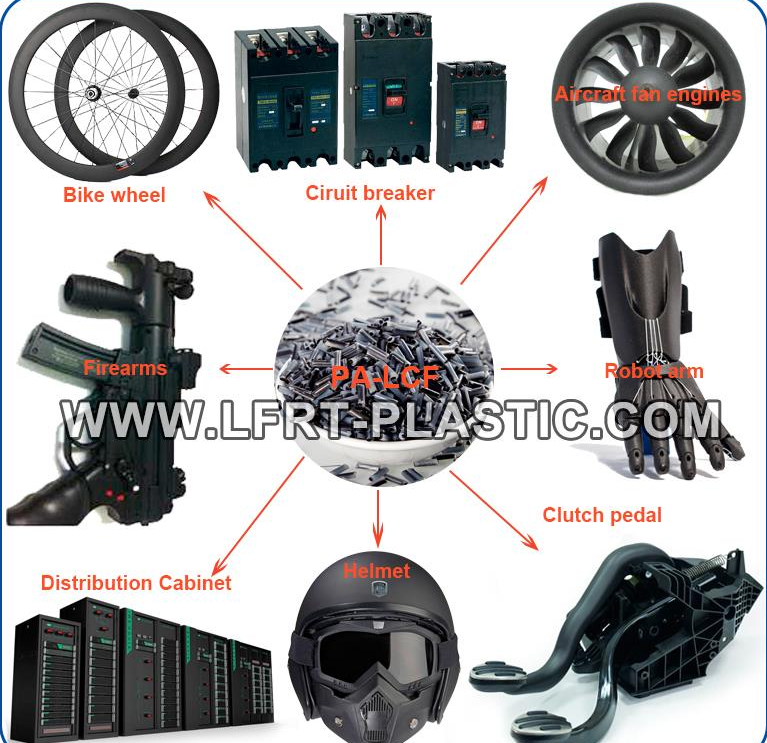
Certificato
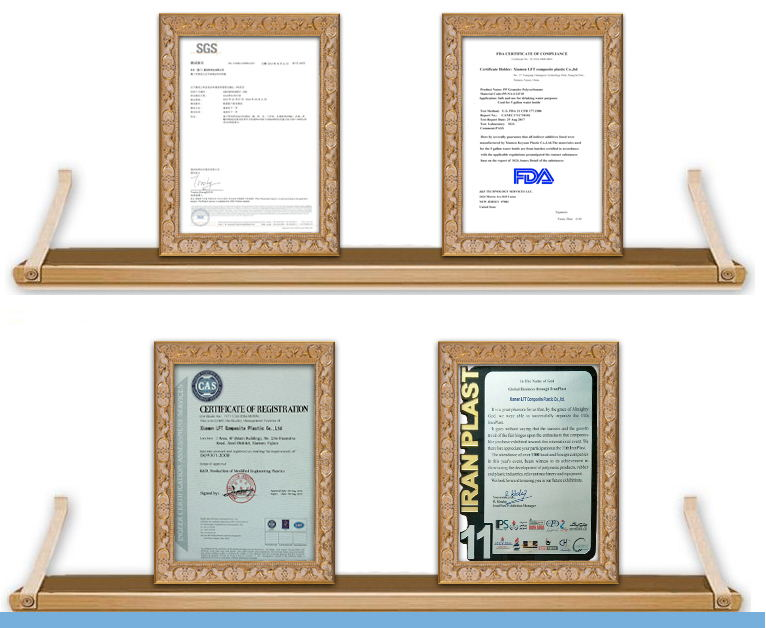
Certificazione del Sistema di Gestione della Qualità ISO9001/16949
Certificato di accreditamento del laboratorio nazionale
Impresa di innovazione della plastica modificata
Certificato d'Onore
Test REACH e ROHS sui metalli pesanti
Fabbrica e laboratorio
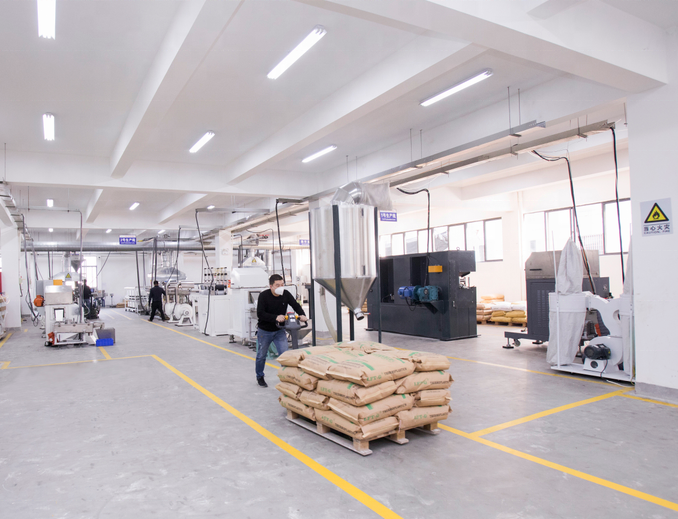
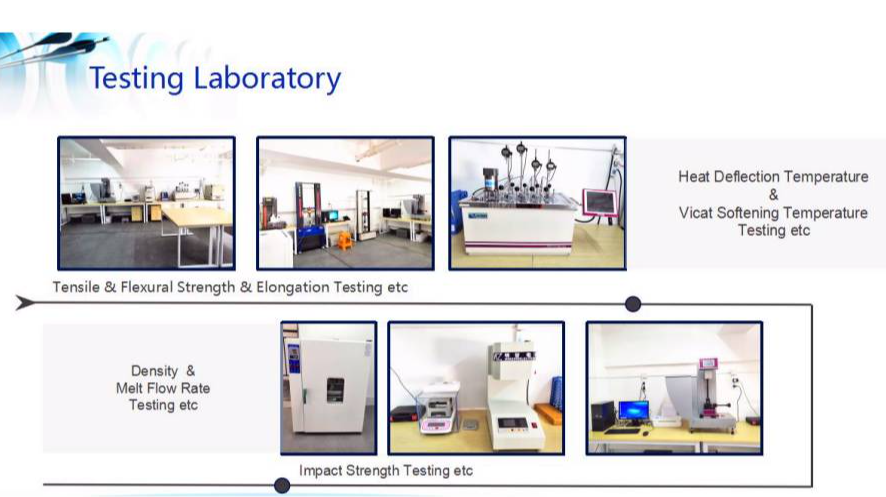
Domande e risposte
1. Is there a unified reference data for carbon fiber product performance?
The performance of specific carbon fiber filaments is fixed, such as Toray's carbon fiber filaments, T300, T300J, T400, T700 and so on, there are a series of parameters can be traced. However, there is no uniform standard to measure the carbon fiber composite products. Firstly, the different types of raw materials selected will lead to different performance of the products, and then due to the choice of matrix and the different design of the products, it will lead to different performance of the products. In addition to some common carbon fiber tubes, carbon fiber boards and other conventional parts, most of the carbon fiber products in the production of the sample before the test to determine whether the performance of the product is in line with the use of the expected standard, and as a base point, so as to carry out the production and use of large quantities.
2. Are carbon fiber composite products expensive?
The price of carbon fiber composite products is closely related to the price of raw materials, the level of technology and the quantity of products. Some products of the industrial environment requirements are high, the performance of carbon fiber products and materials have special requirements, which requires the selection of specific raw materials, raw materials, the higher the performance of the natural price of the more expensive, such as the application of orthopedic carbon fiber PEEK thermoplastic materials. Of course, the more complex the production process, the greater the working time and workload, and the production cost increases. However, the larger the order quantity, the lower the cost per piece, once the mass production of a particular carbon fiber product has been established. In the long run, the superior performance of carbon fiber will prolong the service life of the product, reduce the number of maintenance, and is also very beneficial to the reduction of the cost of use.
3. Are carbon fiber composite products toxic?
Carbon fiber composites are made of carbon fiber filaments mixed with ceramics, resins, metals and other matrices, generally not toxic. For example, the above mentioned PEEK material is a food grade resin, this material has good compatibility with the human body, not only harmless to the human body, but also because of the high strength, modulus of elasticity close to the bone cortex and other reasons to become a more ideal material for bone surgery. Carbon fiber medical bed board, every day will be in contact with many patients' body, will not have adverse effects on the human body, on the contrary, for the accuracy of medical diagnosis there is a great help.
4. What is the difference between thermoset carbon fiber composites and thermoplastic carbon fiber composites?
I compositi termoindurenti in fibra di carbonio favoriscono il ruolo di agente indurente nella polimerizzazione dello stampaggio. I prodotti compositi termoplastici in fibra di carbonio si basano principalmente sul raffreddamento per ottenere la forma. I compositi termoplastici in fibra di carbonio non sono così popolari come i compositi in fibra di carbonio termoindurente, principalmente a causa del prezzo elevato, generalmente utilizzati nelle industrie di fascia alta. Compositi termoindurenti in fibra di carbonio a causa delle limitazioni della matrice resinosa stessa, della difficoltà di riciclo, generalmente non considerati; i compositi termoplastici in fibra di carbonio possono essere riciclati, purché il riscaldamento a una determinata temperatura possa costituire una produzione secondaria.